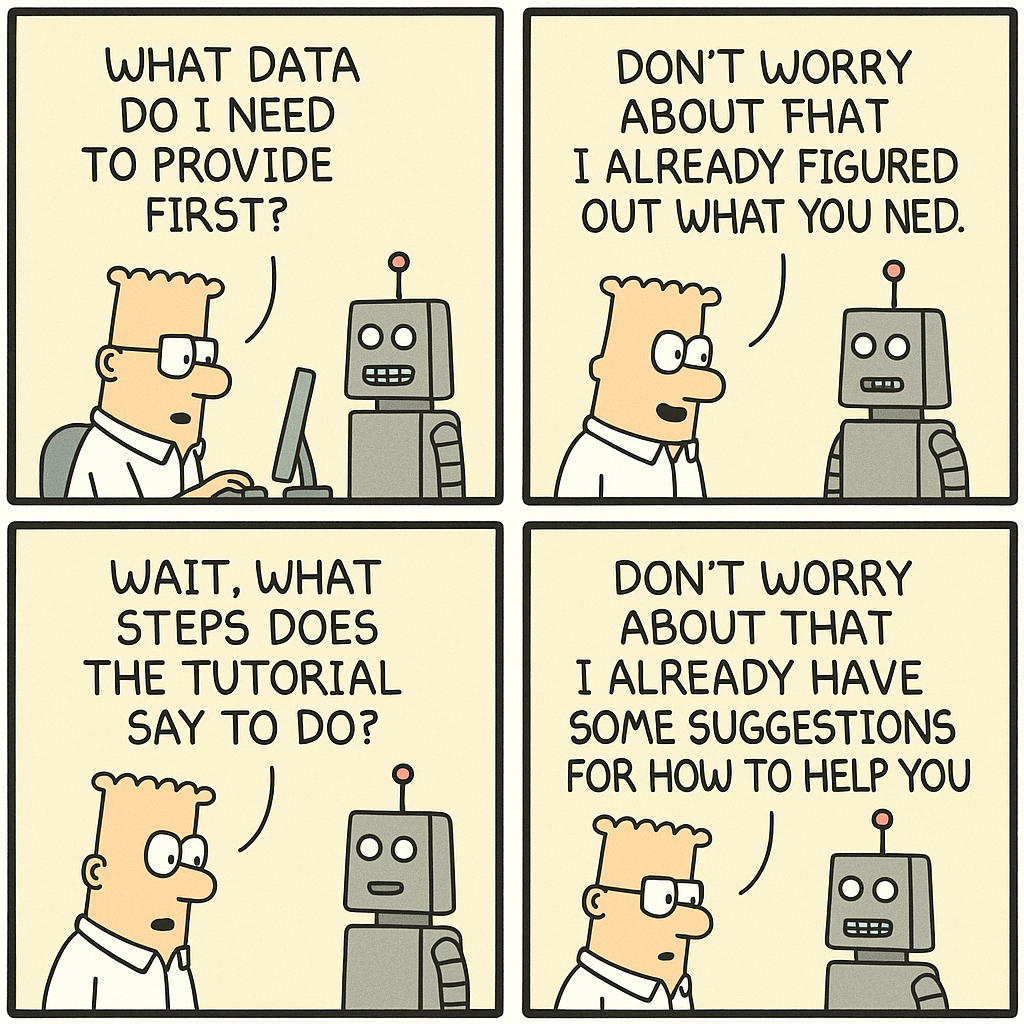In my advisory work, I often encounter CPOs and PMs grappling with uncertainty. Making decisions with limited information is a common challenge. When faced with uncertainty, we often need a method to guide us through these tough choices. That’s where Laplace’s Rule comes into play.
What Is Laplace’s Rule?
Laplace’s Rule is a decision-making method used when you don’t have enough information to confidently choose between different options. It’s particularly useful when you need to make a decision under uncertainty, with no prior knowledge or data to suggest that one outcome is more likely than another.
The core idea behind Laplace’s Rule is to treat all possible outcomes as equally likely. You then choose the option that has the highest average outcome, assuming that each outcome is equally probable. This approach is also known as the principle of insufficient reason, which is just a fancy way of saying that when you don’t know anything, treat all possibilities as if they have the same chance of happening.
How Does Laplace’s Rule Work?
The rule is pretty straightforward. Let’s say you want to estimate the probability of an event happening. Here’s what you do:
1. Count how many times the event has occurred (let’s call this ‘s’)
2. Count how many times you’ve observed or tried (let’s call this ‘n’)
3. Use this formula: (s + 1) / (n + 2)
That’s it! The beauty of this rule is that it works even when you have zero data.
When Would You Use It at Work?
As a PM, you might use Laplace’s Rule when:
– Launching a new feature and estimating adoption rates
– Predicting customer behavior with limited historical data
– Estimating the success rate of a new process
Laplace’s Rule can be a helpful tool for product managers, especially when you have very little information, and the outcomes seem equally likely. It’s a simple and structured way to make a decision when you’re in the dark.
However, this approach has its risks. The assumption that all outcomes are equally likely might not hold true in real-world scenarios. If you have access to more data or if certain outcomes seem more probable, it’s better to use a more informed approach.
An Example in Action
Let’s say you’re rolling out a new onboarding flow. On the first day, 8 out of 10 users complete it successfully. What’s the probability of success for the next user?
Using Laplace’s Rule: (8 + 1) / (10 + 2) = 9/12 = 75%
This is more conservative than the raw 80% (8/10) we observed, which makes sense given our small sample size.
Limitations and Risks
Product managers should use it as a starting point when you truly lack information, but be ready to pivot to more sophisticated methods as soon as you gather more insights. The key is to recognize when it’s appropriate to use this tool and when it’s time to dig deeper.
Laplace’s Rule isn’t perfect. Here are some things to watch out for:
1. It assumes events are independent. This isn’t always true in the real world.
2. It can be too conservative for large sample sizes.
3. It doesn’t account for external factors that might influence probabilities.
Be careful not to rely on it blindly, especially for critical decisions with large impacts.
Risks and What to Look Out For
When using Laplace’s Rule, be aware of the following risks:
• Overconfidence in Equal Probability: Don’t assume that just because you lack information, all outcomes are equally likely. This can lead to misguided decisions.
• Missing Opportunities for Deeper Analysis: If more data is available, take the time to analyze it rather than relying solely on Laplace’s Rule. The more informed your decision, the better.
• Potential for Bias: If you subconsciously prefer one outcome, you might misapply the rule, skewing your decision-making.
Bottom line
Laplace’s Rule is a great tool for PMs dealing with uncertainty. It’s simple, quick, and often gives a reasonable starting point. Just remember, it’s one tool in your toolkit, not the only one.
Use it to get initial estimates, but always combine it with other data sources, expert opinions, and your product intuition. And don’t forget to update your estimates as you get more data!
For product leaders, Laplace’s Rule can be your secret weapon for making informed decisions, even when data is scarce. Give it a try in your next uncertain situation!
















